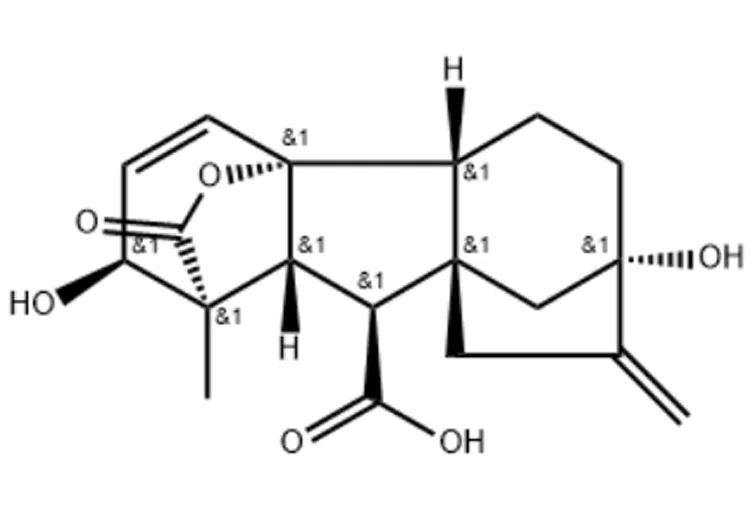

Gibberellic acid
1. Usage: The most obvious biological activity of gibberellic acid is to stimulate the elongation of plant cells,make the plant grow high, and increase the leaves; it can break the dormancy of seeds, tubers, and tubers, and promote their germination; it can stimulate the growth of fruits, improve the seed setting rate or form seedless fruits; it can replace low temperature and promote the early flower bud differentiation of some plants that need low temperature to pass the growth stage; It can also take the place of long day to make some plants sprout moss and blossom under short day, induce the formation of α – amylase and accelerate the hydrolysis of storage substances in endosperm cells.
2.Customerized packing label
3.Professional registration GLP,ICAMA,LOA etc.
4.FAO standard
Gibberellic Acid (GA3) Customer Reviews
Gibberellic Acid (GA3) FAQs
-
80%High PurityEnsure the reliability of each product.
-
58%Fast-Acting FormulaQuickly provide visible effects
-
What are the key agricultural uses of GA3?
What are the key agricultural uses of GA3?
GA3 promotes stem elongation, fruit enlargement, and bolting in biennials. It breaks seed dormancy, improves fruit set in parthenocarpic crops, and enhances malt production in barley.
-
How does GA3 influence plant development physiologically?
How does GA3 influence plant development physiologically?
It stimulates cell division and elongation by activating expansin proteins and degrading DELLA repressors. This overcomes genetic dwarfism and accelerates growth processes under suboptimal conditions.
-
Can GA3 compensate for poor pollination?
Can GA3 compensate for poor pollination?
Yes, it induces parthenocarpy in cucurbits, citrus, and seedless grapes when applied during early fruit development. This maintains yields under poor pollination conditions.
-
What precautions prevent excessive vegetative growth?
What precautions prevent excessive vegetative growth?
Overuse causes weak, spindly growth. Combine with calcium supplements to strengthen tissues. In orchards, balance with paclobutrazol to maintain proper vegetative/reproductive balance.
-
How does temperature affect GA3 performance?
How does temperature affect GA3 performance?
Cool temperatures (<15°C) often enhance responses by slowing natural degradation. Hot conditions may require higher rates or split applications to sustain effects.





